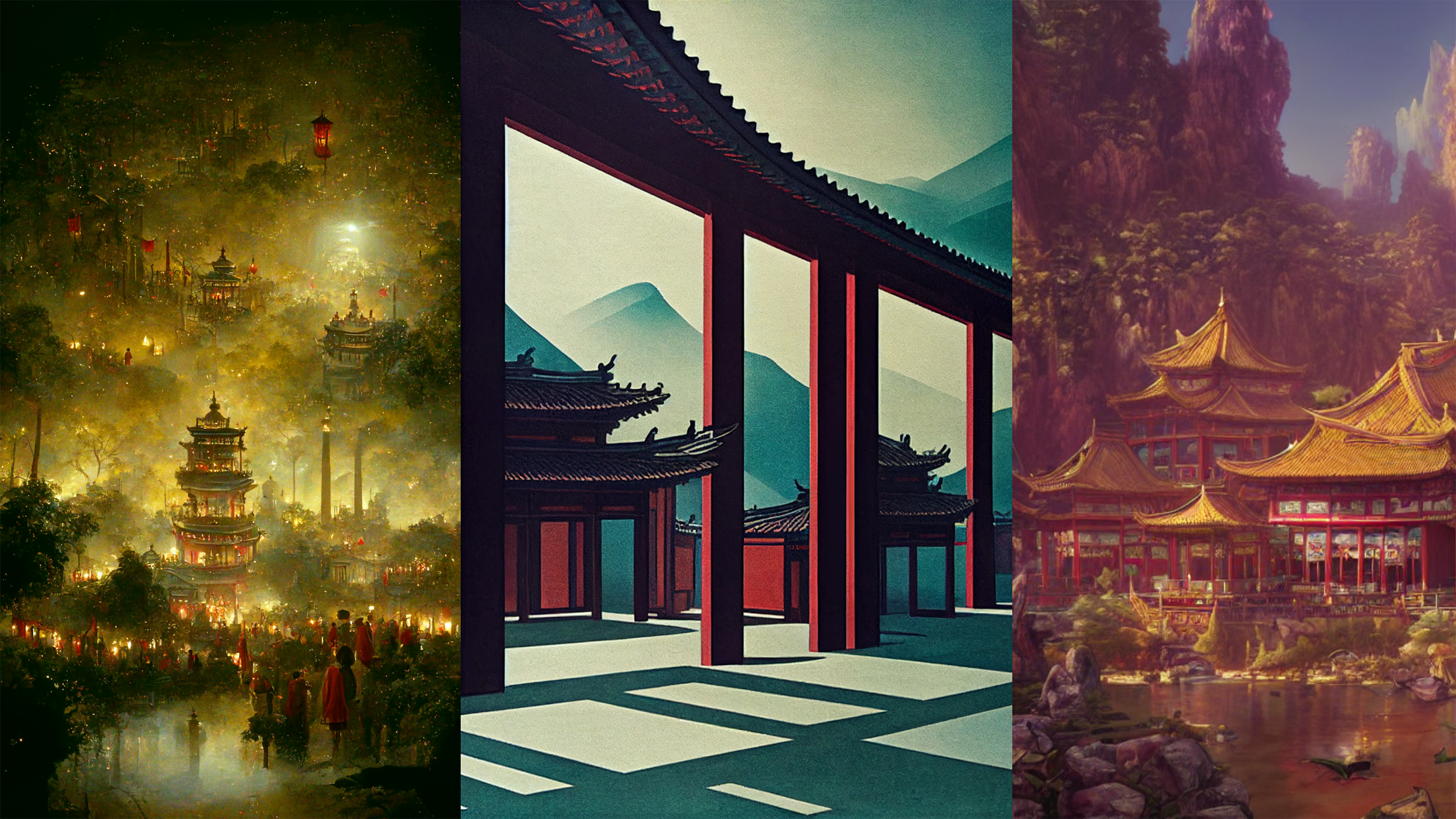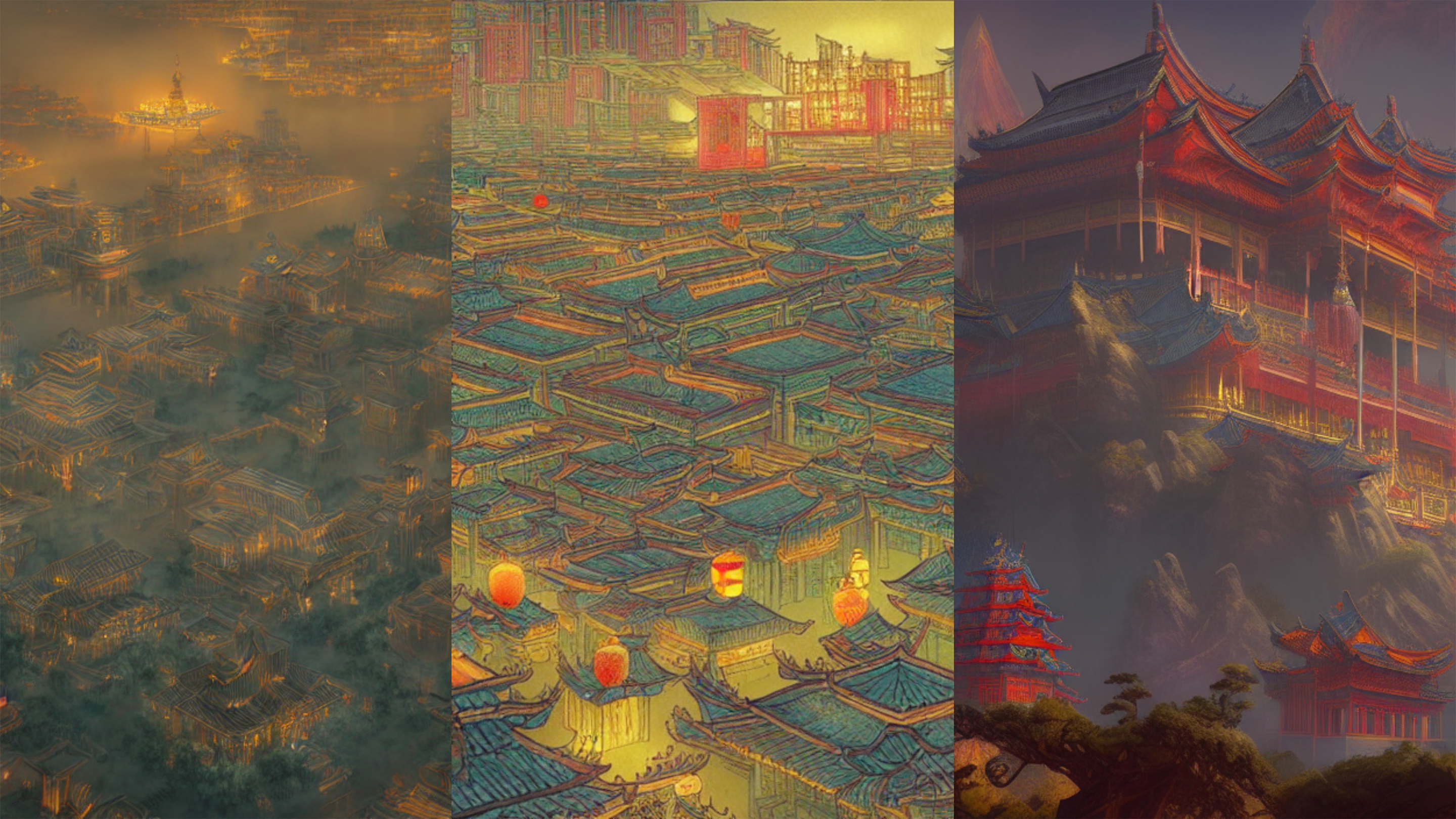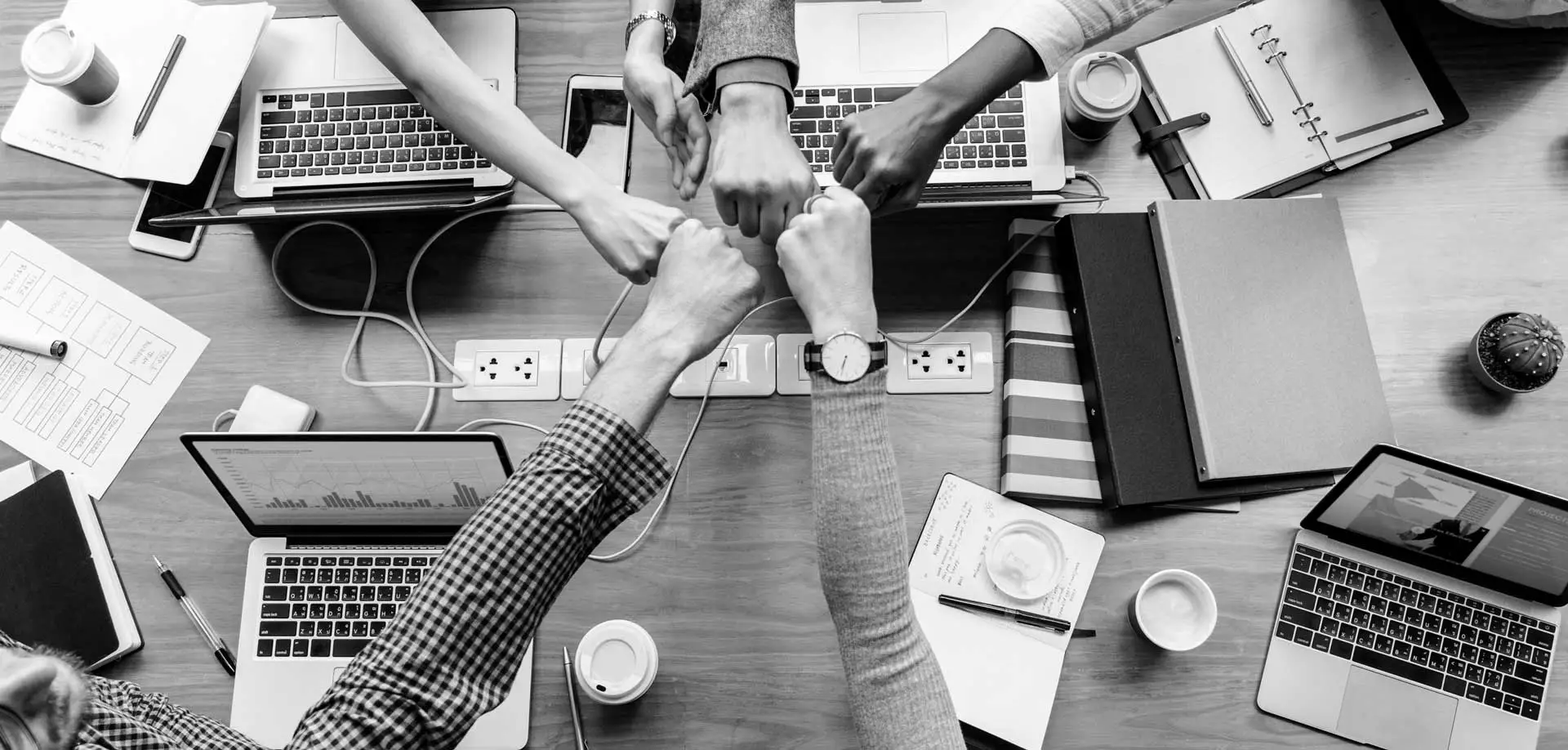As a project initiated by the pitch, the overall development goal is relatively clear. In the early stage we have defined the main direction, expectations, and deliverables of the project. So, in the first week of the team meeting and the weekly meeting, we reviewed the above and consolidated the consensus again.
In terms of the specific development work, the following contents were mainly completed in the first week:
1. Discussed and settled on a formal name for the team (Artisan)
As a project with Chinese historical architecture and culture as its background, we tried to come up with a name that could relate to this background in both English and Chinese meanings. Artisan eventually became our first choice, and we hoped that it would symbolize the spirit of Artisan, which in ancient China we called the people who built houses also artisans. And the Chinese name we call 匠, which is also the literal translation of Artisan. The word 匠 will then become the inspiration and theme of our team logo design.
2. Completed the deployment of Houdini Education licenses
During the first week of use, we found that the free version of Houdini had a number of issues such as model format limitations and rendering watermarks that could affect our development, so we applied for and deployed the licenses for the educational version of Houdini.
3. Learning and becoming familiar with Houdini
4. Learning how Houdini connects and works with Unreal Engine 5
Most of the team members actually have limited previous experience with Houdini and Unreal Engine before, so both for the art part and the technical part, we need to learn and familiarize with a lot of details. Since we chose Unreal Engine 5, it means more challenges, possibilities and future. In addition to some experience brought over from the Unreal Engine 4 era, we will also try a lot of new things, methods and techniques. In a word, learning, research and development must go hand in hand.
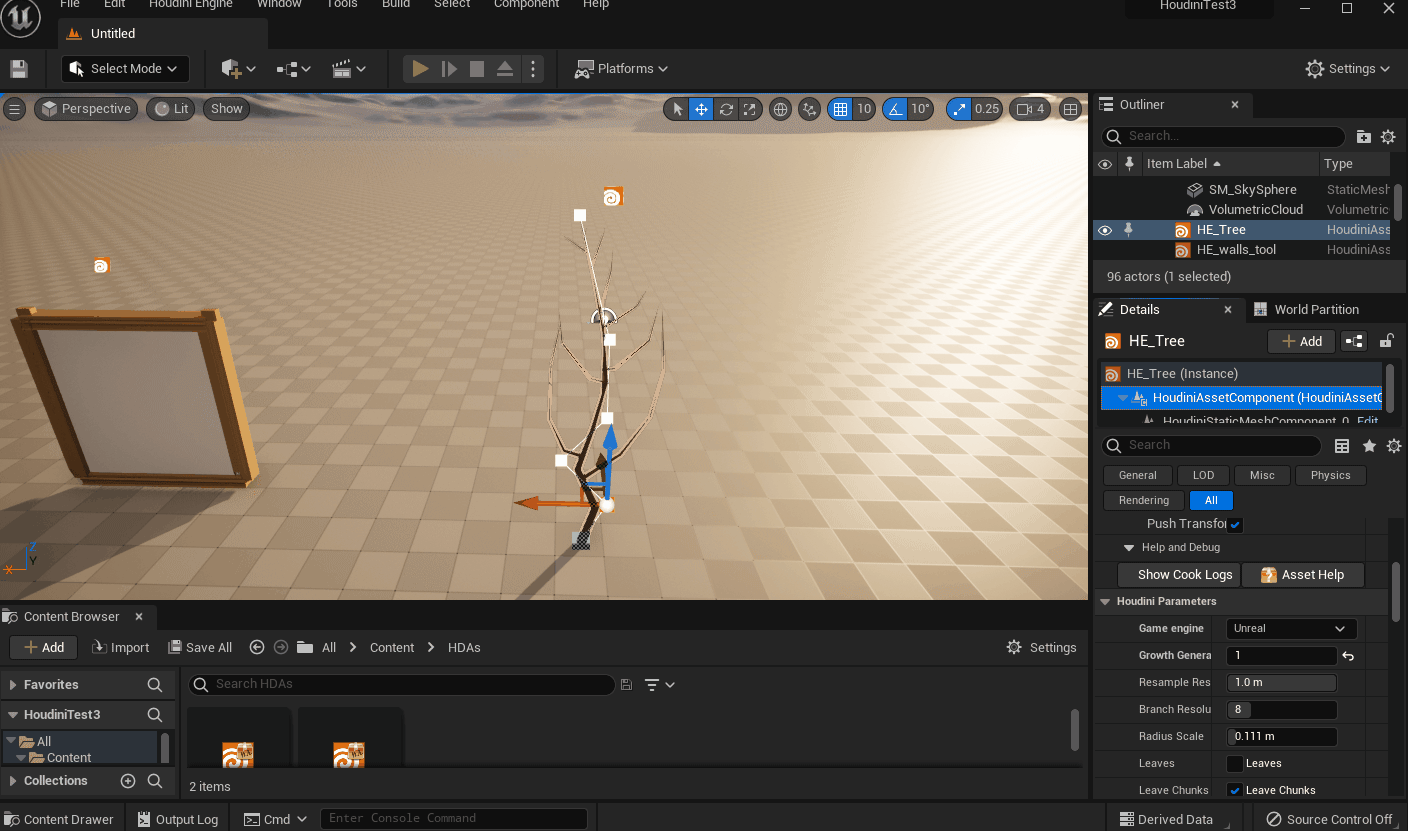
In the first week, we experimented with how Houdini’s digital assets work together with Unreal Engine 5, such as exchanging data back and forth, exposing and debugging Houdini custom parameters in Unreal Engine 5, etc.

5. Studying the architectural structure and modeling methods of Tang Dynasty
Another very important and key work is to study the architectural structure and modeling methods of Tang Dynasty historical buildings. We consulted and referred to a large number of documents, historical sources and records of physical objects, and tried to decouple one of the dominant types of architecture of Tang Dynasty first:
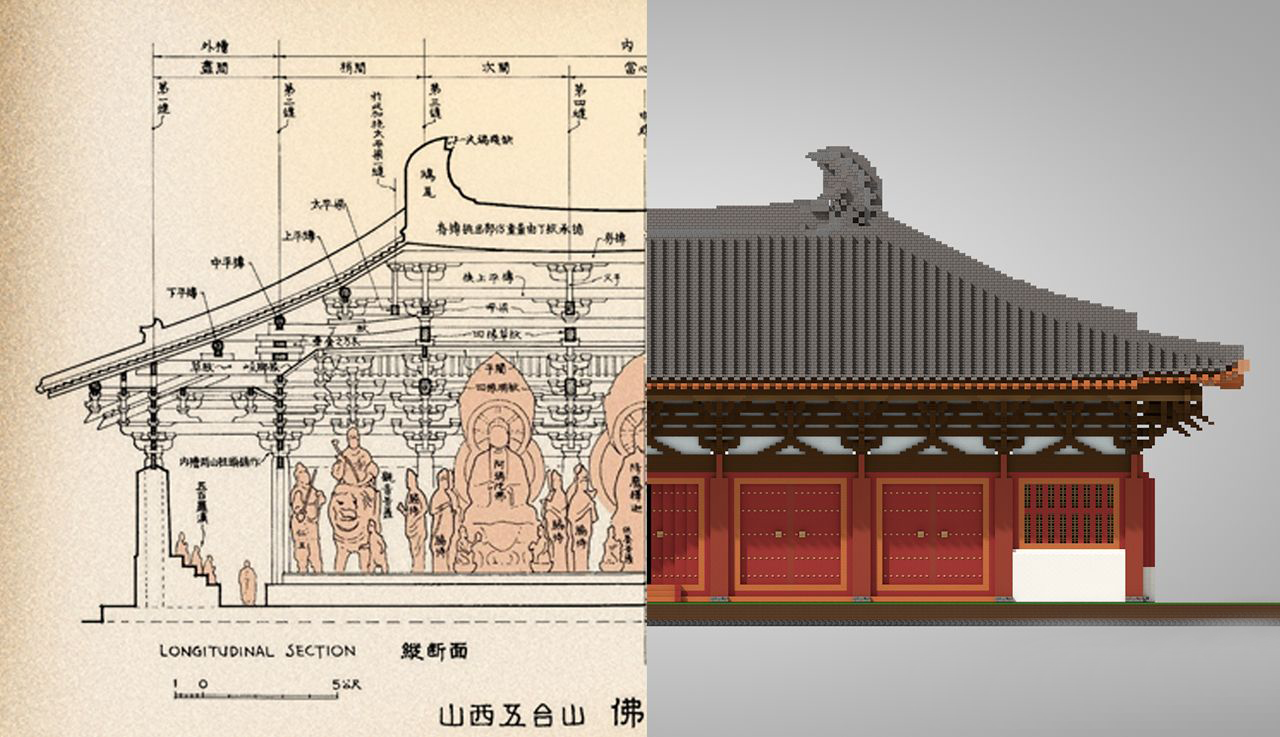
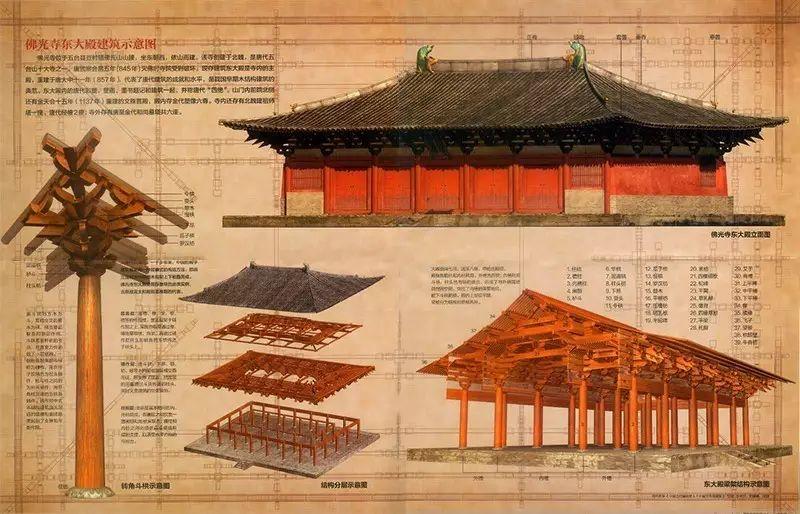
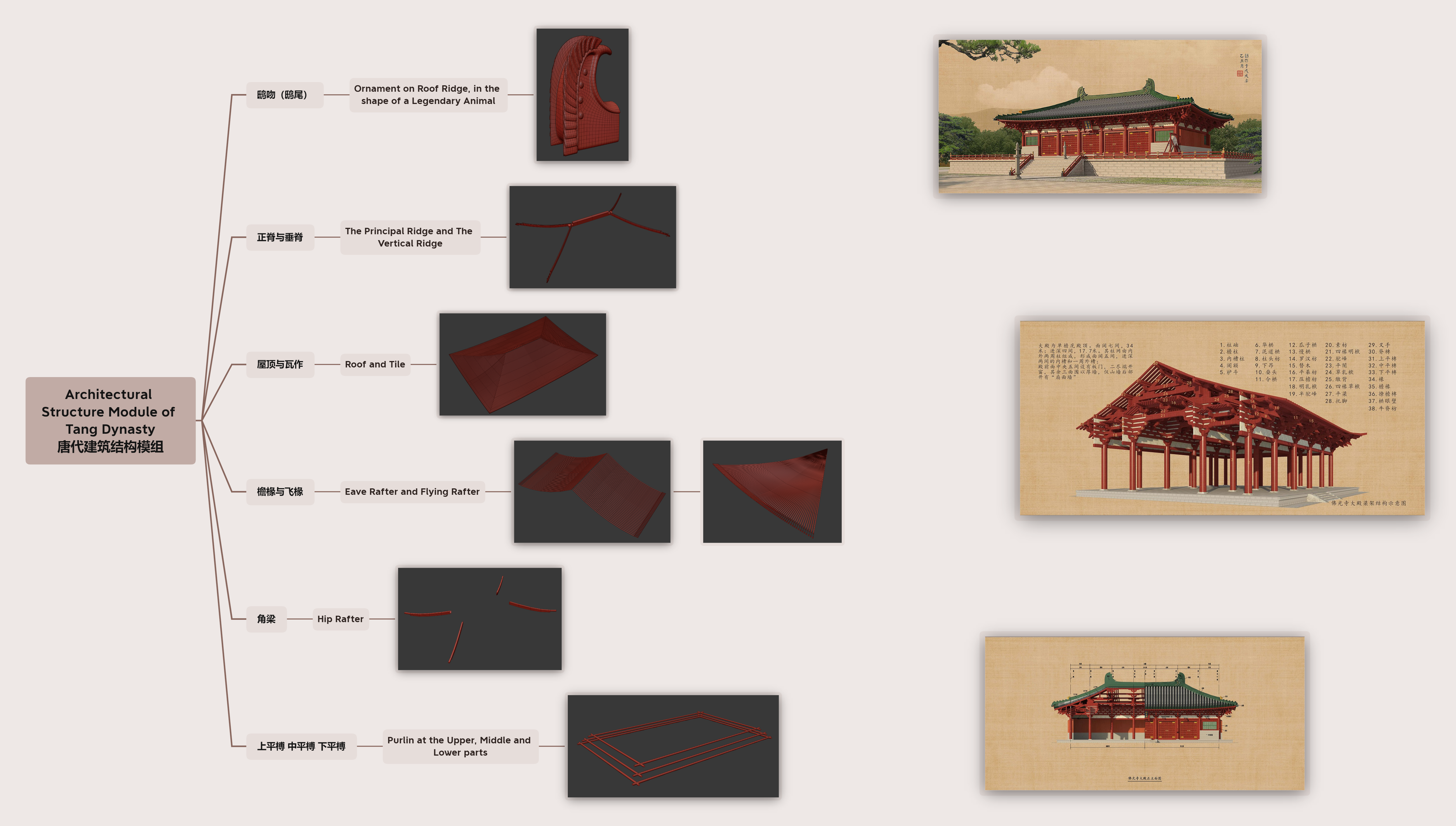
This mind map is not yet complete and will be refined as research continues.
6. Tried using AI painting to assist in poster design and production
As a project with procedural generation as its core research direction, we try to make more things procedurally generated, including the poster and half-sheet. It would be an interesting experiment, and we might end up using AI to generate a foundation that we can redesign and iterate on.
